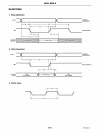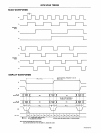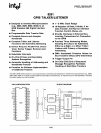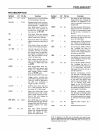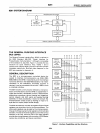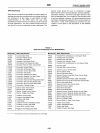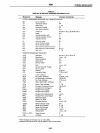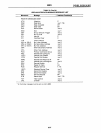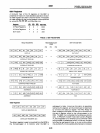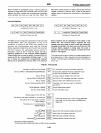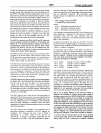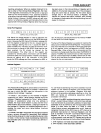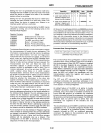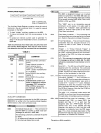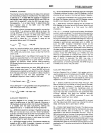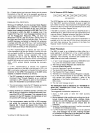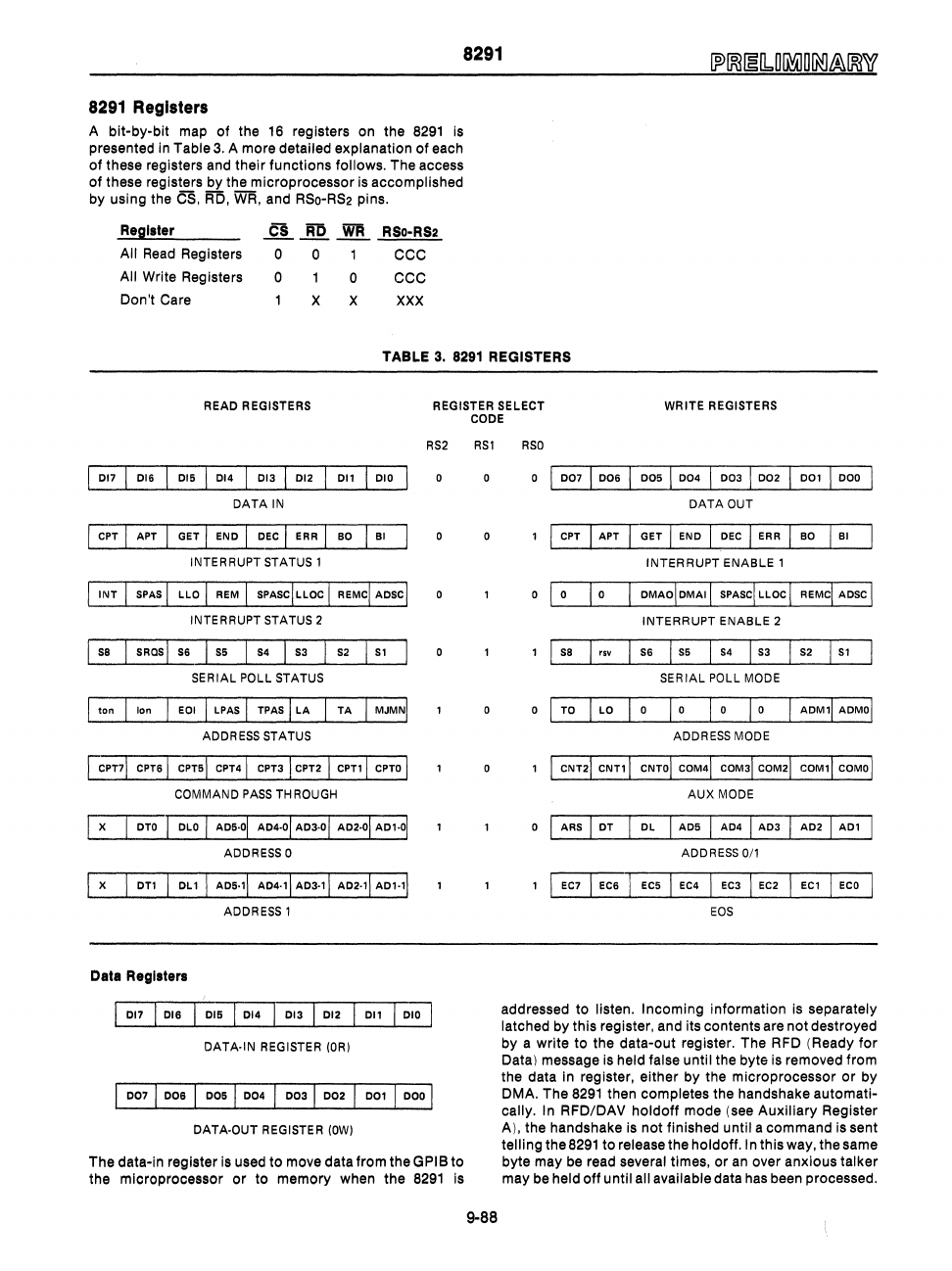
8291 Registers
A bit-by-bit
map
of the 16 registers on the 8291
is
presented
in
Table
3.
A more detailed explanation of each
of these registers and their functions
follows. The access
of these registers
by
the microprocessor is accomplished
by using the
es.
RD,
WR,
and
RSo-RS2
pins.
Register
CS
RD
WR
RSo-RS2
All
Read
Registers 0 0 eee
All Write Registers
Don't Care
o
x
o
X
eee
XXX
8291
TABLE
3.
8291
REGISTERS
READ REGISTERS REGISTER SELECT
CODE
WRITE REGISTERS
I
017
I
016 015
014
013
012
Oil!
010
DATA
IN
I
CPT
I
APT
GET
I
END
I
DEC!
ERR!
80
!
81
INTERRUPT
STATUS 1
INT ! SPAS!
LLO!
REM!
SPASC!LLOC I
REMC!
Aosci
INTERRUPT
STATUS 2
I
S8
SROS
I
56
I
S5
I
54
!
53
S2
!
51
SERIAL
POLL STATUS
1 ton I Ion
EOI
I
LPAS
I
TPAS
I LA
TA
I
MJMNI
ADDRESS STATUS
[CPT71
CPT61
CPTS!
CPT41
CPT3! CPT21
cpnl
CPTO
I
COMMAND
PASS
THROUGH
oTO
oLO
I
A05.01
A04.0! A03.0! A02.01 AOl.01
ADDRESS 0
I x
ADDRESS 1
Data
Registers
RS2
017
!
016 016
I
014 013
012
011
I
010
I
DATA·IN
REGISTER IORI
007
I
006
I
005
I
004
I
003
I
002
I
001
I
000
I
DATA·OUT
REGISTER
IOWI
The data-In register is used to move data from the GPIB to
the microprocessor or to memory when the
8291
is
RSl
9-88
RSO
o !
007
!
006
o05!
004
003
I
002
001
I
000
DATA
OUT
1 I
CPT
!
APT
!
GET
I
ENO
I
DEC
I
ERR
80
I
81
o I 0 I 0
1 I
58
[rsv
INTERRUPT
ENABLE
1
oMAOloMAl1
SPAScl
LLOC!
REMC!
AoSC
I
INTERRUPT
ENABLE
2
56 ! S5 I S4 I
S3
S2
JSYJ
SERIAL
POLL MODE
o I
TO
I
LO
I 0 I 0 I 0 I 0
AOMll
AoMOI
ADDRESS MODE
1 I CNT2l
CNTll
CNTOI
COM41
COM31
COM21
COMll
COMol
AUX
MODE
o I
ARS
I
oT
oL
I AD5 I
A04
I
A03
A02
I
Aol
ADDRESS 0/1
1 I Ee7 !
EC6
EC5
I Ee4 I Ee3 I Ee2
Eel
I
ECO
EOS
addressed to listen. Incoming information is separately
latched by this register, and its contents are not destroyed
by a write to the data-out register. The
RFD
(Ready for
Datal message
is
held false until the byte
is
removed from
the data
In
register, either by the microprocessor or by
DMA. The
8291 then completes the handshake automati-
cally. In
RFD/DAV holdoff mode (see Auxiliary Register
AI, the handshake
is
not finished until a command is sent
telling the 8291 to release the holdoff.
In
this way, the same
byte may
be
read several times, or
an
over anxious talker
may
be
held off until all available data
has
been processed.



